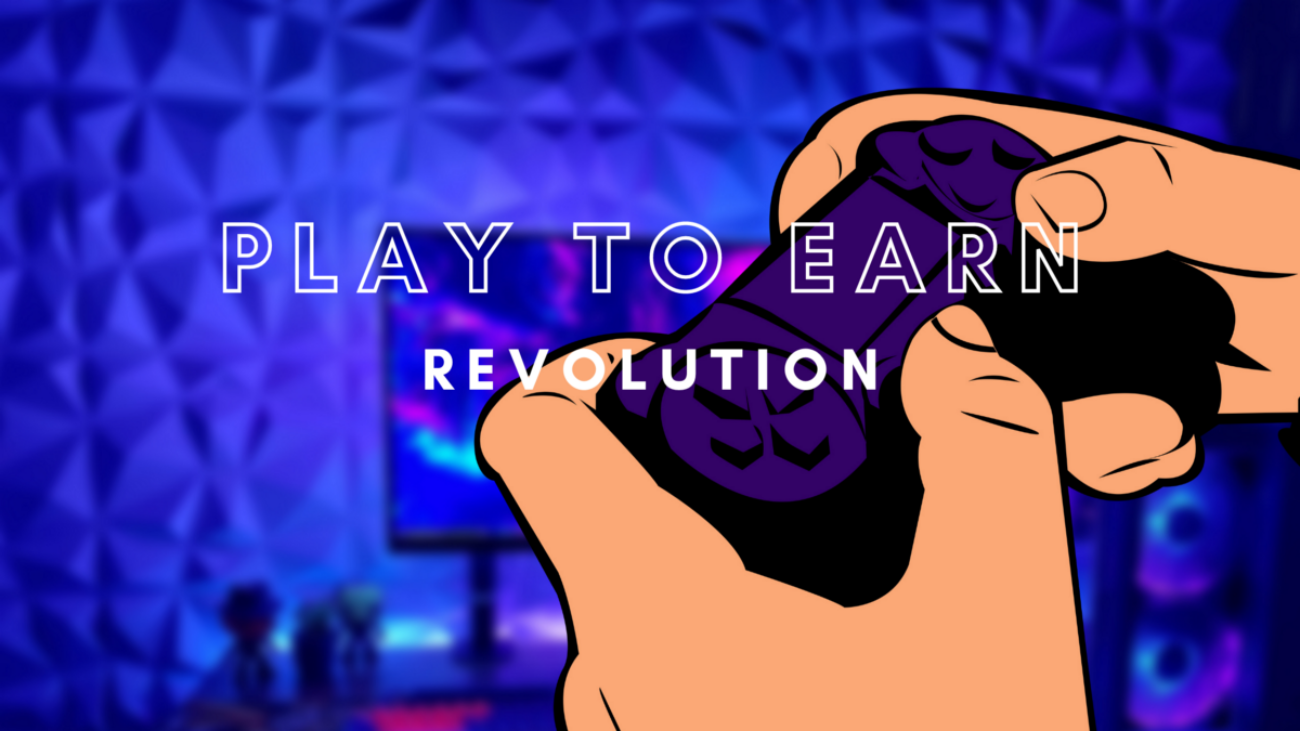
The gaming industry is undergoing the most profound transformation in its history as a result of the introduction of a new genre known as Play to earn games. In the Philippines, play to earn games, also known as NFT play to earn games, leverage blockchain technology to instill a tangible sense of ownership in players regarding in-game products and collectibles. Generally, these items can be traded with other players for cryptocurrency or cash, making them an excellent source of revenue.
What is the difference between blockchain and non-volatile memory?
Simply put, an NFT is a media file (for example, a picture, GIF, or video) that is unique to and associated with a single entity. Blockchains enable the tracking of these owners and the sale and exchange of these assets between users. In the Philippines and elsewhere, developers of play to earn games create a limited number of NFTs that represent in-game items that players can later acquire. This scarcity increases demand for NFTs, which in some cases can cost more than a million dollars. Visit https://bltzr.gg/play-to-earn/ to read more about NFT play-to-earn games.
Earning Money Via Play to earn games
Creating revenue streams from video play to earn games is not a new concept. For an extended period of time, players from a variety of platforms congregated on unofficial markets to sell their in-game items. The problem with this strategy is that it has evolved into a violation of numerous game laws and is frequently populated by fraudsters.
With play-to-earn games, the sales scenario is quite different. There are designated markets for the trading of NFTs. Another innovation on the blockchain is smart contracts, which are used to ensure the legitimacy and efficiency of transactions. This makes play-to-earn games a safe and effective method of making money in the Philippines’ Play-to-Earn industry.
Additionally, traditional gamers might make money by becoming streamers on prominent video-sharing platforms such as YouTube or Twitch. To earn a living, they needed to be experts at the game and cultivate a sizable following on these platforms. In the Philippines, play-to-earn games are often easy to master and provide a means of earning money for everyone.
Certain play-to-earn games, such as Axie Infinity, have developed their own in-game tokens (called smooth love potion, or ‘SLP’) that may be earned in combination with the acquisition of their NFTs. This means that users are not limited to acquiring and selling NFTs, but may also participate in the game and earn bitcoin directly to their wallets.
Players whose entry barrier is the purchase of the NFTs may still earn by selection as a scholar in a play-to-earn games guild. Crypto Gaming United is one of the country’s largest play-to-earn guilds (CGU). Guilds such as CGU provide their scholars with the NFT assets necessary to begin playing and earning immediately in exchange for a portion of the in-game tokens earned.
Gaming’s future is play to earn
While play to earn games are still a relatively new segment of the gaming industry, knowledge of their profitability is swiftly spreading across gaming organizations. This is understandable considering the scope of their offerings and the distinct experience they provide. As a result of the nature of NFTs, in-game assets are no longer bound to a particular game. This allows players to share their progress across much cooperative play to earn games, so creating a shared universe. Indeed, this is unprecedented in the Philippines and piques interest in the worlds of bitcoin, NFTs, and Play-to-Earn.
It’s crucial to note that the approach of “play to earn games” is not novel. Numerous online role-playing play to earn games have auction houses or markets operated by gold farmers using fiat currency.

On the other hand, cryptocurrency game assets are stored on a blockchain. This indicates that establishing ownership and legality is easy. Additionally, the security of a blockchain network eliminates the possibility of assets being duplicated, hacked, or exploited in the way that traditional play to earn games do.
Perhaps most importantly, scarcity in blockchain play to earn games raises the value of in-game assets. When items are connected to the blockchain, they become impossible to copy, reducing the item’s value.
• The play-to-earn model is a business model that enables gamers to harvest or collect cryptocurrencies and non-fungible tokens (NFTs) for resale. Due to the fact that users are compensated monetarily for playing play to earn games, this method represents a paradigm change in the gaming industry.
• To earn money through the play to earn games, players must either earn or exchange NFTs or bitcoin in-game or stake these assets in smart contracts.
• The concept of play to earn games is not new in gaming; it has been used for years in online role-playing play to earn games. However, blockchain-based play to earn games are immune to hacking and exploiting, and the scarcity of in-game items prevents them from being replicated. You can read about How centralized in GameFi? by clicking here.
In the bitcoin gambling sector, liquidity is critical.
Given how dependent crypto play to earn games are on the gaming market, it is also vital to control market liquidity. In the simplest terms, liquidity refers to the maximum number of assets that can be purchased and sold in the game market at any given time. Liquidity is a significant indicator of the health of a market; hence, liquidity is a strong indicator of the health of any marketplace.
To increase liquidity, the crypto gaming market may incorporate both NFT and FT assets. While FT assets may be scaled to have enormous liquidity markets and therefore be utilized as utility/consumables assets in the game, NFT assets can be used for their uniqueness, which often involves high-value but low-volume transactions.
Going forward
I’ve always been interested in gaming, starting with my very early design of counter strike maps. I’ve always been a gamer with a fervent ambition to work in the video game business. With the crypto play to earn games gaming business soaring to new heights, I am ecstatic about the opportunities it presents and really excited to partner with new gaming ventures and entrepreneurs.
With rising investment, there is no doubt that cryptocurrency gaming is on pace to become a self-contained sector. Numerous studies have also gotten on the bitcoin game bandwagon, hoping to profit from the new trend.
Having said that, it’s logical for crypto gaming to seek to profit from the growth of the online gaming industry since it obviously benefits both players and developers. From income opportunities to transaction simplicity, mobility, and higher levels of safety and security, cryptocurrency gaming improves the whole game experience for players while also providing new revenue streams for developers. Let us have some amusement.




